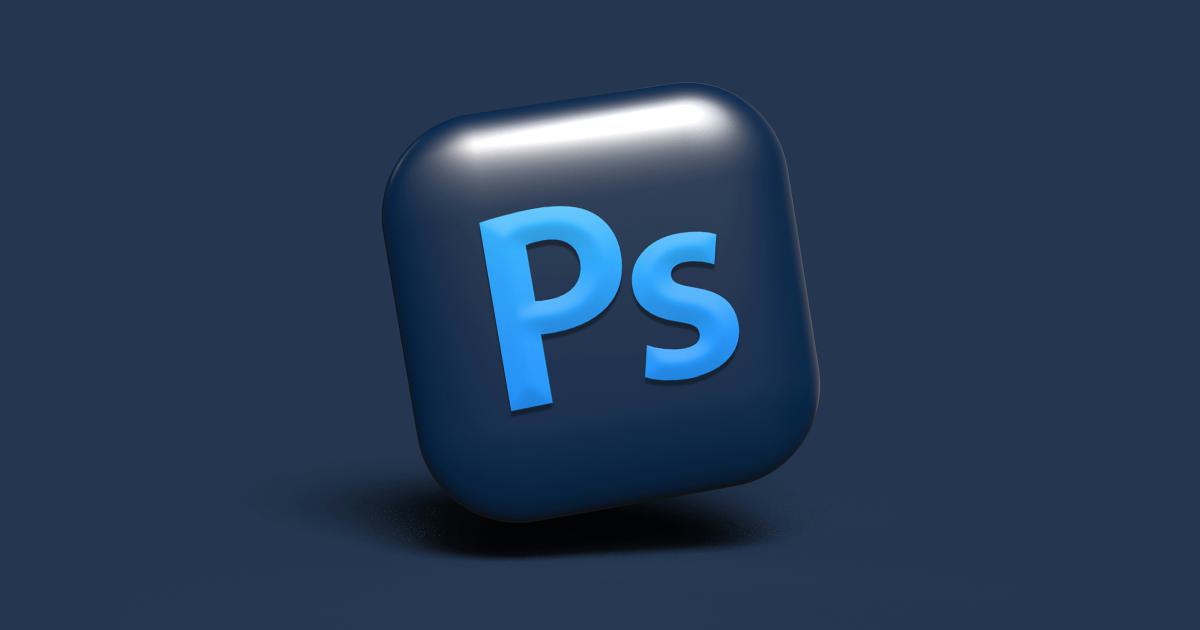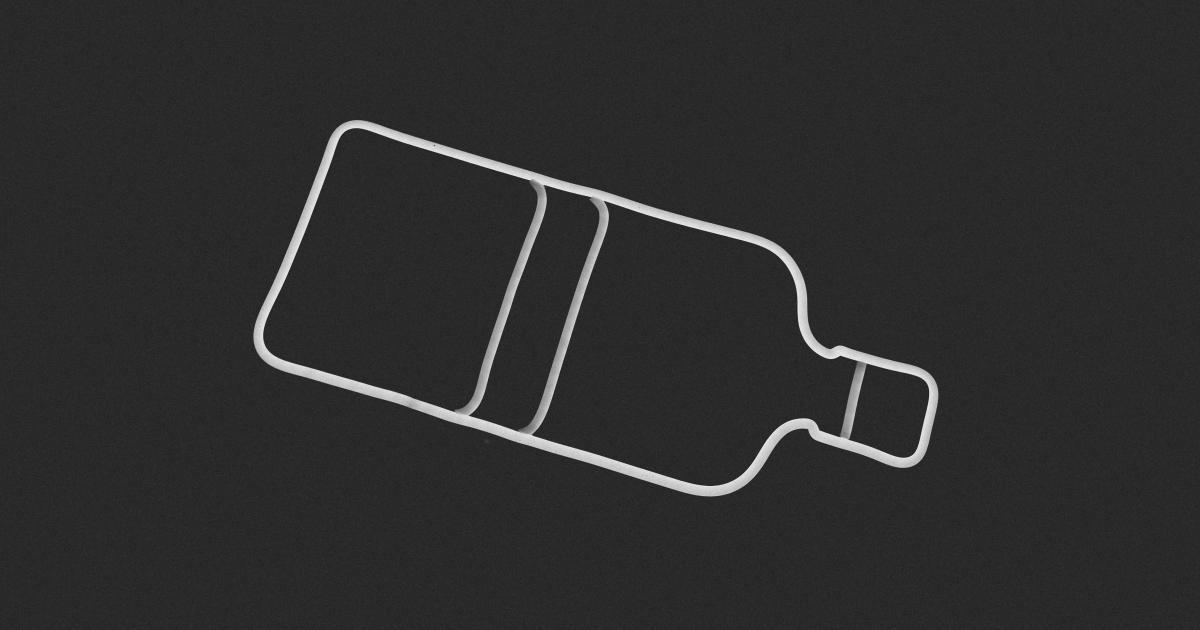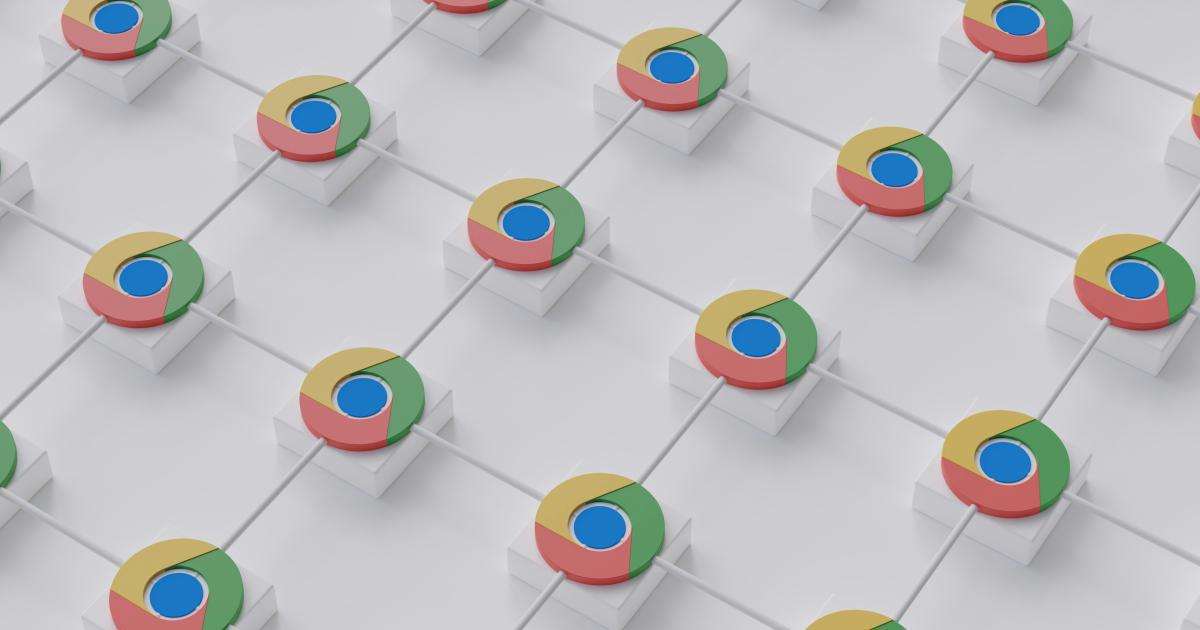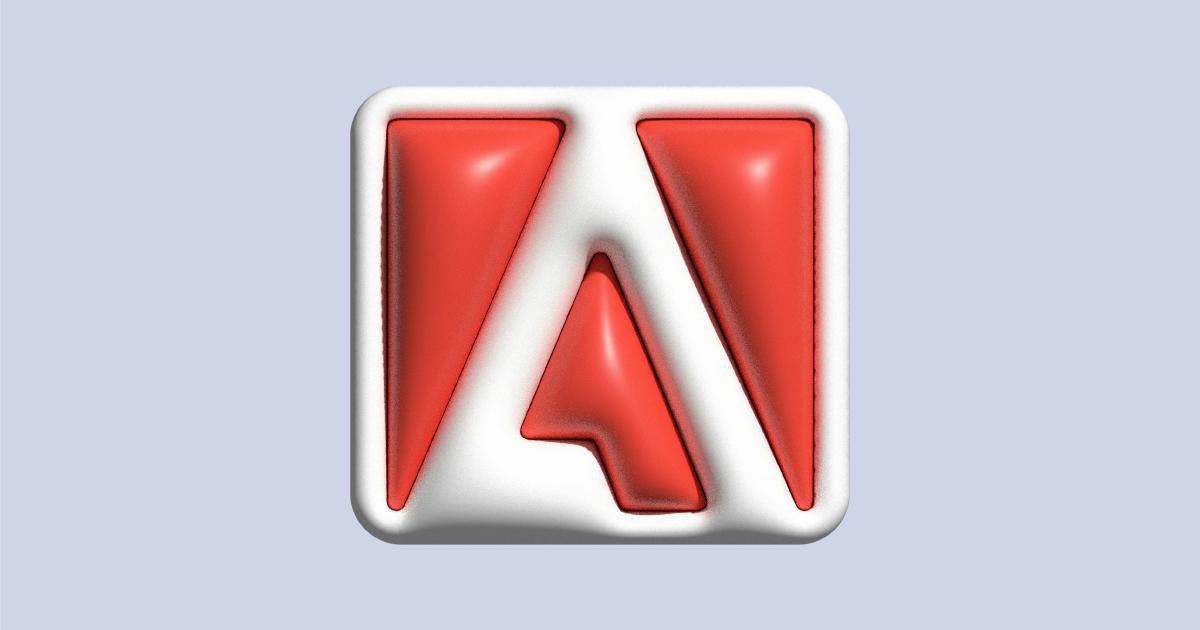How to Effortlessly Optimize Website Load Time for Blazing Speed


In today's fast-paced digital landscape, website speed has become a critical factor in determining the success of an online presence. Slow-loading websites not only frustrate users but also negatively impact search engine rankings, conversion rates, and overall user experience. Fortunately, there are numerous strategies and techniques you can implement to optimize your website's load time and ensure your visitors enjoy a seamless, lightning-fast experience.
Understand the Importance of Website Load Time
The loading speed of a website is a crucial factor that directly affects user engagement, conversions, and search engine optimization (SEO). Studies have shown that even a delay of a few seconds can have a significant impact on user behavior and your website's performance.
The Impact of Slow Load Times

-
User Experience: Slow-loading websites can lead to high bounce rates, as frustrated users are likely to abandon the site and seek alternatives. This negatively impacts your website's engagement metrics and overall user experience.
-
Conversions: Slow load times can significantly reduce the likelihood of users completing desired actions, such as making a purchase, signing up for a newsletter, or filling out a form. This directly impacts your website's revenue and growth potential.
-
Search Engine Optimization: Google and other search engines prioritize fast-loading websites in their rankings, as they understand the importance of providing users with a smooth and efficient browsing experience. Slow-loading sites are often penalized, reducing their visibility and organic traffic.
Optimal Load Time Benchmarks
Experts recommend that websites should strive to load in under 3 seconds for an optimal user experience. However, the ideal load time can vary depending on your industry, target audience, and the complexity of your website. The general guidelines are:
- Ecommerce: Under 2 seconds
- Content-Heavy Websites: Under 3 seconds
- Mobile Websites: Under 1.5 seconds
By understanding the significance of website load time and the industry-specific benchmarks, you can set clear goals for optimizing your website's performance.
Evaluate Your Website's Current Performance
Before you can begin optimizing your website's load time, it's essential to understand its current performance. This will help you identify the areas that need the most attention and measure the impact of your optimization efforts.
Utilize Website Performance Tools
There are various free and paid tools available that can provide you with detailed insights into your website's performance, including:

-
Google PageSpeed Insights: A free tool that analyzes the content of your web pages and provides recommendations for improving their speed and user experience on both mobile and desktop devices.
-
GTmetrix: A comprehensive website performance analysis tool that provides detailed reports on page load time, page size, server response time, and other important metrics.
-
WebPageTest: An open-source tool that allows you to test your website's performance from multiple locations around the world, providing in-depth insights and recommendations.
-
Pingdom: A popular website speed testing tool that offers detailed performance reports, waterfall analyses, and the ability to monitor your website's uptime and load time.
By using these tools, you can gain a clear understanding of your website's current performance, identify areas for improvement, and track the progress of your optimization efforts.
Analyze the Data
After running your website through these performance testing tools, review the results carefully. Pay attention to the following key metrics:
- Page Load Time: The total time it takes for your web page to fully load.
- Time to First Byte (TTFB): The time it takes for the server to start responding to a user's request.
- First Contentful Paint (FCP): The time it takes for the first piece of content to appear on the screen.
- Largest Contentful Paint (LCP): The time it takes for the largest piece of content to appear on the screen.
- Total Blocking Time (TBT): The total time that the main thread was blocked, preventing the page from becoming interactive.
- Cumulative Layout Shift (CLS): A measure of the visual stability of the page, which can be negatively impacted by elements that shift unexpectedly.
Analyze these metrics to identify the areas of your website that are causing the most significant performance issues. This will help you prioritize the optimization strategies that will have the greatest impact on your website's load time.
Optimize Images for Faster Loading
One of the most effective ways to improve website load time is by optimizing the images on your website. Images are often the largest contributors to page weight, which directly impacts loading speed.
Compress and Optimize Images

-
Compress Image Files: Use image compression tools like TinyPNG, Kraken.io, or ImageOptim to reduce the file size of your images without compromising quality.
-
Choose the Right Image Format: Different image formats have varying file sizes and suitability for different use cases. Use JPEG for photographs, PNG for graphics with transparent backgrounds, and WebP or AVIF for modern browsers that support these newer, more efficient formats.
-
Scale Images Appropriately: Ensure that your images are not larger than they need to be for their intended display size. Resizing and scaling down large images can significantly reduce their file size.
-
Lazy Load Images: Implement lazy loading, which delays the loading of images until they are needed, such as when the user scrolls to that part of the page. This can dramatically improve the initial load time of your website.
Serve Images Responsively

-
Use Responsive Image Srcsets: Provide multiple image sources with different resolutions and file sizes, allowing the browser to select the most appropriate image for the user's device and screen size.
-
Implement Content Delivery Networks (CDNs): CDNs can cache and serve your images from a server closer to the user's location, reducing the time it takes for the image to load.
-
Leverage Browser Caching: Configure your web server to set appropriate cache headers for your images, allowing browsers to store and reuse the images on subsequent visits.
By optimizing and serving your images responsively, you can significantly reduce the overall file size and loading time of your website.
Minify and Compress Your Code
Another effective way to improve website load time is by minifying and compressing your HTML, CSS, and JavaScript files.
Minify Code

-
HTML Minification: Remove unnecessary whitespace, comments, and other extraneous elements from your HTML files to reduce their overall file size.
-
CSS Minification: Use tools like cssnano or Clean CSS to remove whitespace, comments, and other non-essential characters from your CSS files.
-
JavaScript Minification: Employ tools like UglifyJS or Closure Compiler to minimize the size of your JavaScript files by shortening variable and function names, removing comments, and optimizing the code.
Implement Gzip Compression

-
Enable Gzip Compression: Configure your web server to compress your HTML, CSS, and JavaScript files using Gzip compression. This can significantly reduce the file size and improve download times for your website's visitors.
-
Verify Gzip Compression: Use tools like PageSpeed Insights or GTmetrix to ensure that your web server is correctly implementing Gzip compression.
By minifying your code and enabling Gzip compression, you can dramatically reduce the overall file size of your website, leading to faster load times for your users.
Leverage Browser Caching
Caching is a crucial technique for optimizing website load time, as it allows browsers to store and reuse certain resources, reducing the need to download them on subsequent visits.
Implement Caching Headers

-
Set Appropriate Cache Headers: Configure your web server to send the correct cache-control, expires, and other relevant HTTP headers for your static assets (e.g., images, CSS, JavaScript files). This tells the browser how long it can cache these resources.
-
Use Long Cache Expiration Dates: Set long cache expiration dates (e.g., one year) for resources that are unlikely to change, such as your website's logo, stylesheets, and JavaScript files.
-
Implement Cache Busting: When you update your static assets, use a unique URL or add a query parameter to the file name to force the browser to fetch the new version instead of using the cached one.
Leverage a Content Delivery Network (CDN)
A Content Delivery Network (CDN) can further enhance your website's caching capabilities by storing and serving your static assets from servers located around the world, closer to your users.
-
Choose a Reliable CDN Provider: Select a reputable CDN service, such as Cloudflare, Amazon CloudFront, or Google Cloud CDN, to ensure fast and reliable delivery of your website's resources.
-
Integrate the CDN with Your Website: Follow the CDN provider's instructions to configure your website to use the CDN for serving your static assets.
By implementing effective caching strategies and utilizing a CDN, you can significantly reduce the number of resources that need to be downloaded on each page load, resulting in faster load times for your website.
Optimize Third-Party Scripts and Plugins
Third-party scripts, such as analytics trackers, social media widgets, and plugins, can have a significant impact on your website's load time. It's essential to carefully manage and optimize these external resources.
Audit and Optimize Third-Party Scripts

-
Identify and Prioritize Third-Party Scripts: Audit your website to determine which third-party scripts are being used and their impact on load time.
-
Lazy Load Third-Party Scripts: Implement lazy loading for non-critical third-party scripts, ensuring they only load when necessary.
-
Optimize Third-Party Script Loading: Use the
asyncordeferattributes on script tags to control the loading and execution of third-party scripts, minimizing their impact on the critical rendering path. -
Combine or Replace Third-Party Scripts: If possible, combine multiple third-party scripts into a single file or replace them with lightweight alternatives to reduce the number of requests and the overall file size.
Manage Plugins Effectively

-
Audit and Deactivate Unused Plugins: Review the plugins installed on your website and deactivate any that are not in use, as they can still contribute to the overall page weight.
-
Optimize Plugin Performance: Ensure that the plugins you use are well-maintained, up-to-date, and optimized for performance. Avoid using plugins with a history of performance issues or bloat.
-
Lazy Load Plugin Resources: If possible, implement lazy loading for plugin resources, such as styles and scripts, to prevent them from being loaded on every page.
By carefully managing your third-party scripts and plugins, you can significantly improve your website's load time and user experience.
Leverage Server-Side Optimizations
In addition to client-side optimizations, there are several server-side techniques you can employ to enhance your website's load time.
Optimize Server Configuration

-
Choose a Reliable Web Host: Select a web hosting provider that offers fast and reliable server performance, with features like solid-state drives (SSDs), efficient memory, and ample processing power.
-
Enable HTTP/2 or HTTP/3: Upgrade your server to support the newer, more efficient HTTP/2 or HTTP/3 protocols, which can significantly improve your website's loading speed.
-
Optimize Server Response Time: Tune your web server's configuration, such as increasing the number of worker processes or threads, to ensure a fast server response time (TTFB).
Implement Database Optimizations

-
Optimize Database Queries: Review your database-driven content (e.g., blog posts, product listings) and ensure that the underlying SQL queries are efficient and optimized.
-
Cache Dynamic Content: Implement caching mechanisms, such as object caching or full-page caching, to reduce the load on your database and improve the delivery of dynamic content.
-
Use a Content Delivery Network (CDN) for Static Assets: Offload the delivery of your website's static assets (images, CSS, JavaScript) to a CDN to reduce the load on your origin server.
By optimizing your server configuration and database performance, you can ensure that your website's backend is optimized for faster load times.
Measure and Continuously Optimize
Optimizing website load time is an ongoing process that requires constant monitoring and improvement. Regularly measure your website's performance and continue to refine your optimization strategies.
Establish Continuous Monitoring

-
Set Up Performance Monitoring: Use tools like Google PageSpeed Insights, Pingdom, or GTmetrix to continuously monitor your website's performance and track the impact of your optimization efforts.
-
Analyze Performance Trends: Regularly review the performance data and identify any changes or regressions in your website's load time. This will help you prioritize future optimization tasks.
-
Implement Error Tracking: Set up error tracking tools, such as Sentry or Rollbar, to quickly identify and resolve any issues that may be impacting your website's performance.
Continuously Optimize and Iterate

-
Test and Experiment: Continuously experiment with new optimization techniques, such as image formats, code minification, or server configurations, to find the most effective solutions for your website.
-
Analyze User Behavior: Leverage tools like Google Analytics to understand how users interact with your website. Use this data to identify and address any performance bottlenecks.
-
Stay Updated on Industry Best Practices: Keep up with the latest web performance trends and best practices, as the landscape is constantly evolving. Implement new strategies as they become relevant to your website.
By establishing a culture of continuous monitoring and optimization, you can ensure that your website maintains its lightning-fast loading speeds, providing an exceptional user experience and staying ahead of the competition.